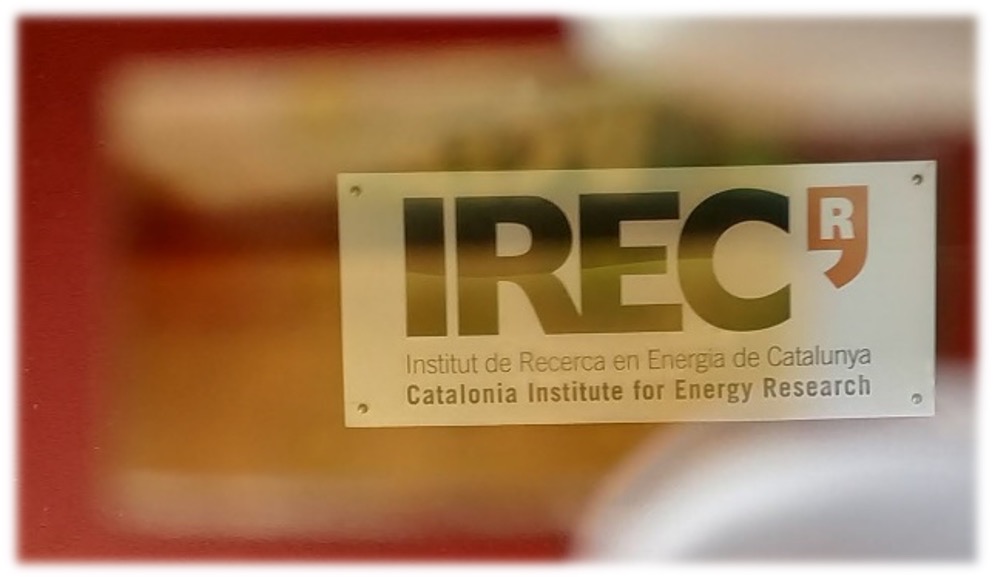Scientists at Spain's Institut de Recerca en Energia de Catalunya (IREC) have fabricated a transparent solar cell based on hydrogenated amorphous silicon oxide. They say it could be used for ubiquitous device functionalization.
“Our solar cell may be used for building-integrated photovoltaics (BIPV), vehicle-integrated PV (VIPV), and non-intrusive transparent devices for indoor PV,” researcher Alex López García told pv magazine. “It may also be utilized in agrivoltaics as an active element that simultaneously filters harmful light and harvests energy. This application will probably rely on an alternative substrate such as flexible polyethylene terephthalate (PET), and we think that these processes can be transferred to this kind of substrates thanks to the low temperatures.”
The researchers built the cell with a substrate made of glass and fluorine-doped tin oxide (FTO), an electron transport layer made of aluminum-doped ZnO (AZO), an absorberd made of hydrogenated amorphous silicon (a-Si:H) and oxide, a hole transport layer made of molybdenum trioxide (MoO3), and an indium tin oxide (ITO) transparent electrode. They built two different cells with a-Si:H thicknesses of 8 nm and 30nm.
“Intrinsic a-Si:H films present a direct bandgap usually reported at values around 1.7-1.8 eV,” they explained. “It has also been reported to be extended up to 2.1 eV via quantum confinement, when thickness is reduced to the nanometric scale.”
The two cells achieved a power conversion efficiency of 1.95% and 0.56%, respectively, which the Spanish group described as the highest values ever reported so far for oxide-based transparent PV devices. Furthermore, the thinnest cell achieved an average visible transmittance (AVT) of 35.4% and the thickest of 66%.
“Use of substrates with sizes up to 5 cm2 x 5 cm2have allowed to achieve good statistics to analyze the reproducibility of the results when working with 0.07 cm2 active area devices that have been defined using a metallic shadow mask during ITO deposition,” the academics said. “A first attempt for process upscaling has also been done with the fabrication of a 5 cm2 x 5 cm2 solar cell. However, even in this case the devices show a dramatic drop in the device efficiency to values lower than 0.1%.”
The scientists acknowledged that the next step in their research will be to develop transparent solar cells with high AVT values, while simultaneously trying to increase efficiency.
“At this time we are basically at low technology readiness level (TRL) and the paper serves as proof of concept,” López García explained. “As transparent PV yields lower efficiency than conventional opaque PV, it will not be just enough to prove that devices work. It will be paramount to use robust processes with nanometric control and homogeneity. Furthermore, it will be important to use low-cost and non-critical-raw materials. In our work, we use oxide materials and silicon, which are earth-abundant and cheap.”
The research team described the cell in “Ultrathin a-Si:H/oxide transparent solar cells exhibiting UV-blue selective-like absorption,” which was recently published in RRL Solar.
“Commercial production is being envisaged,” López García said. “However, we must still carry out more research as we believe that further optimization is possible. With time we should move to industrial collaboration in order to translate all the research efforts into real-life products.”
This content is protected by copyright and may not be reused. If you want to cooperate with us and would like to reuse some of our content, please contact: editors@pv-magazine.com.




2 comments
By submitting this form you agree to pv magazine using your data for the purposes of publishing your comment.
Your personal data will only be disclosed or otherwise transmitted to third parties for the purposes of spam filtering or if this is necessary for technical maintenance of the website. Any other transfer to third parties will not take place unless this is justified on the basis of applicable data protection regulations or if pv magazine is legally obliged to do so.
You may revoke this consent at any time with effect for the future, in which case your personal data will be deleted immediately. Otherwise, your data will be deleted if pv magazine has processed your request or the purpose of data storage is fulfilled.
Further information on data privacy can be found in our Data Protection Policy.